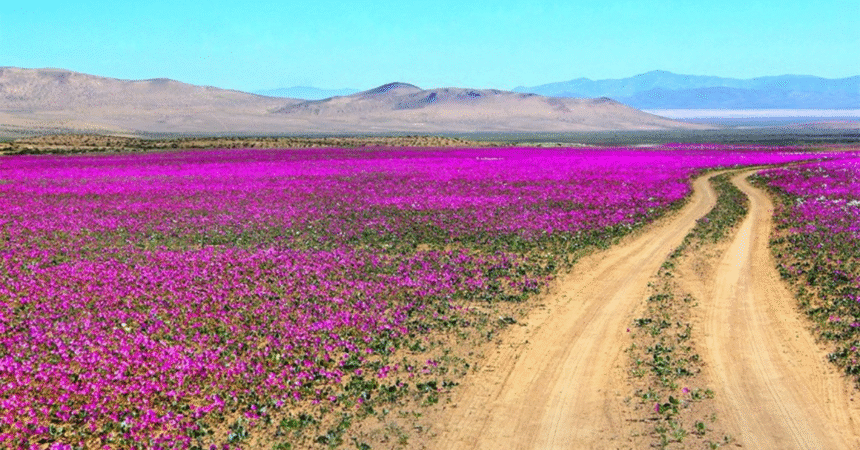Chile’s Atacama Desert, one of the driest places on Earth, has experienced its first winter bloom in a decade. The rare event, sparked by rare winter rainfall in North Chile, has brought vibrant white and violet hues to the desert landscape.
Causes and Effects
Researchers attribute this unusual event to climate change, which may lead to more frequent occurrences. The bloom is believed to have been triggered by 0.4 inches of rain and morning fog in mid-April, stimulating vegetation that can stay dormant for up to 15 years.
Spectacular Display
The “flowering desert” event has featured bright fuchsia-colored “pata de guanaco” flowers and white “sighs of the field” across 115-155 square miles. This rare event can stretch up to 5,800 square miles, with around 200 species of flowers blooming.
Impact of Climate Change
While the blooming of flowers is a spectacular display, climate change may cause annual plants to not reproduce, leading to unforeseen consequences.
#AtacamaDesert #FloweringDesert #ClimateChange #RareBloom #WinterRainfall #Chile #DriestPlaceOnEarth







